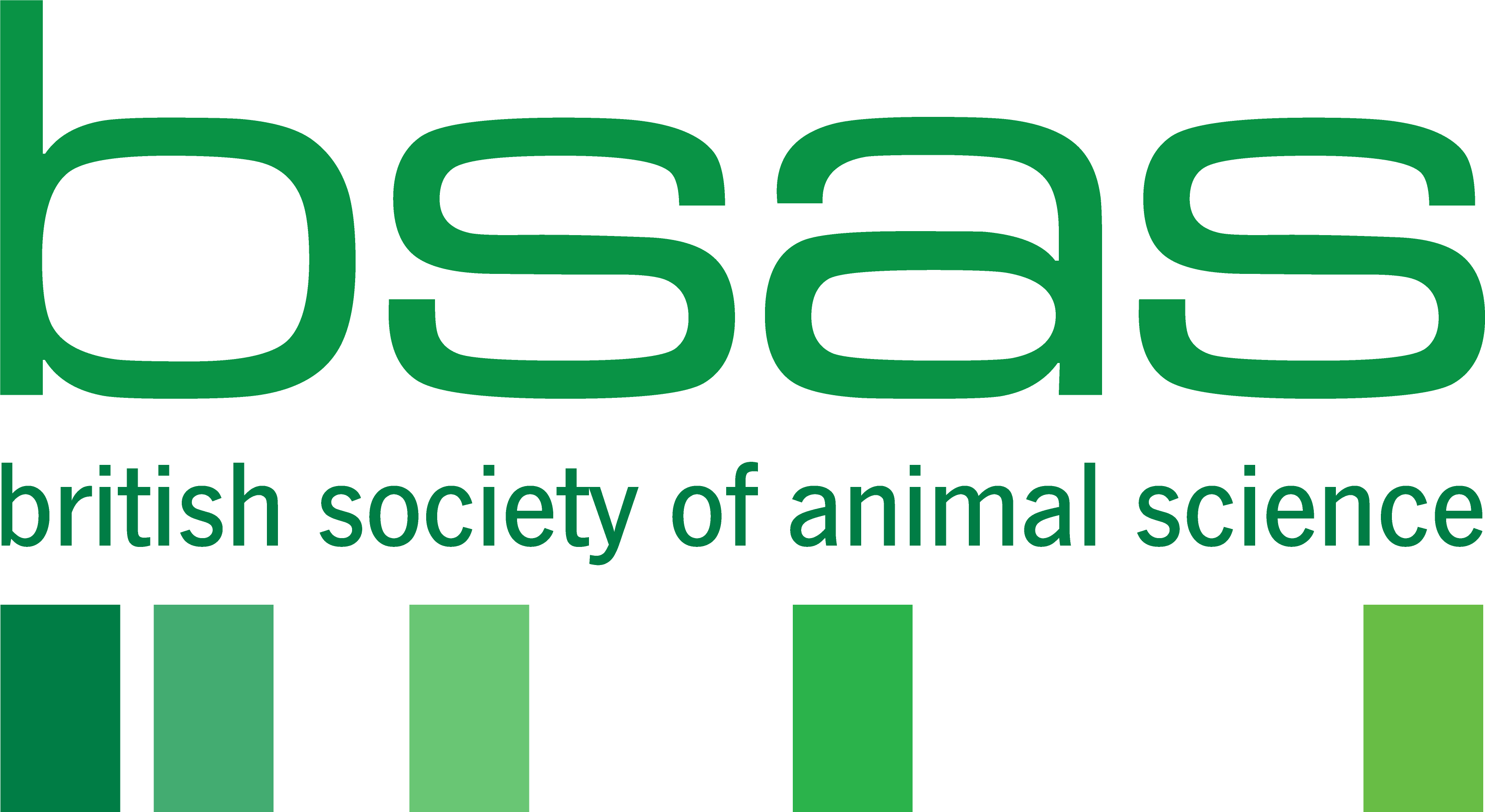Investigating the complex effects of calving on biological and molecular immune phenotypes
By Kate Dubarry
Calving is, perhaps unsurprisingly, a stressful event in the life of a cow. We know that stress impacts a number of traits in livestock, including immune function and growth. But there has been little work looking at calving through the lens of stress and its effect on the animal. In a paper recently published in Animal, Beltman and co-authors report their initial steps in investigating these complex phenomena.
The study set out to see if any differences could be found between groups of beef heifers that calved naturally and those who were induced using either corticosteroids (Colvasone®) or a combination of corticosteroids + prostaglandin (Estrumate®). They recorded a range of phenotypes at time points both before and after calving; including blood cortisol and calcium levels, calving difficulty, antibody levels in colostrum, reproductive tract health, and calf growth traits. A novel aspect of the study was the collection of blood to extract RNA, which was then used to measure gene expression levels of a panel of known immune genes using real-time quantitative PCR (RT-qPCR).
Blood cortisol levels are commonly used as an indicator of stress in animals and humans, and spikes in cortisol level can generally be seen quickly after a stressful event. High cortisol levels are known to have a suppressive effect on the immune system, and this is just one reason to avoid stress in livestock. On the day of calving, the control group had a higher level of blood cortisol than the induced groups. This could be due to a known effect of corticosteroid administration, which tends to supress cortisol levels, rather than a reduction in stress itself. Across all groups, these levels evened out to similar levels by the next sampling at 14 days post-calving.
Colostrum is the essential first feed for the new-born calf, providing important transfer of antibodies and other factors that support immune function and growth. In this study, the concentration of the antibody Immunoglobulin G (IgG) was measured in the colostrum from each animal. The induced calving groups had a higher IgG concentration than the control group, which could indicate that these calves received more antibodies. This result was also correlated with pre-calving calcium levels. However, corticosteroids tend to supress milk yield in lactating animals, and the authors suggest that this could lead to smaller amounts of more concentrated colostrum in the treated animals. As the calves stayed with their dams and were not weighed at birth, it was not possible to calculate the amount of colostrum consumed.
Investigating gene expression levels showed that interleukin-8 (IL8 – a chemokine) expression was reduced in the treatment groups. This could be reflective of the tendency for corticosteroids to suppress immune function. The other genes studied showed no effect across groups, although differences were observed at the different time-points. This is in line with the expected increase in immune response at calving, with gradual decline in expression over time.
The study concludes that they found no negative effects of calving induction in these animals. This piece looks at the question of calving induction using some novel methods, and further extension of the work could include studying a larger panel of immune genes to investigate the time point effect. The colostrum IgG result could also be investigated further, to determine whether this is due to differing colostrum yields or another effect of the treatments used.
Summarised from: Beltman, M.E. et al. (2022) ‘The effect of natural and induced calving of beef heifers on stress-related gene expression and maternal health and immunity’, animal, 16(6), p. 100550. Available at: https://doi.org/10.1016/j.animal.2022.100550.
